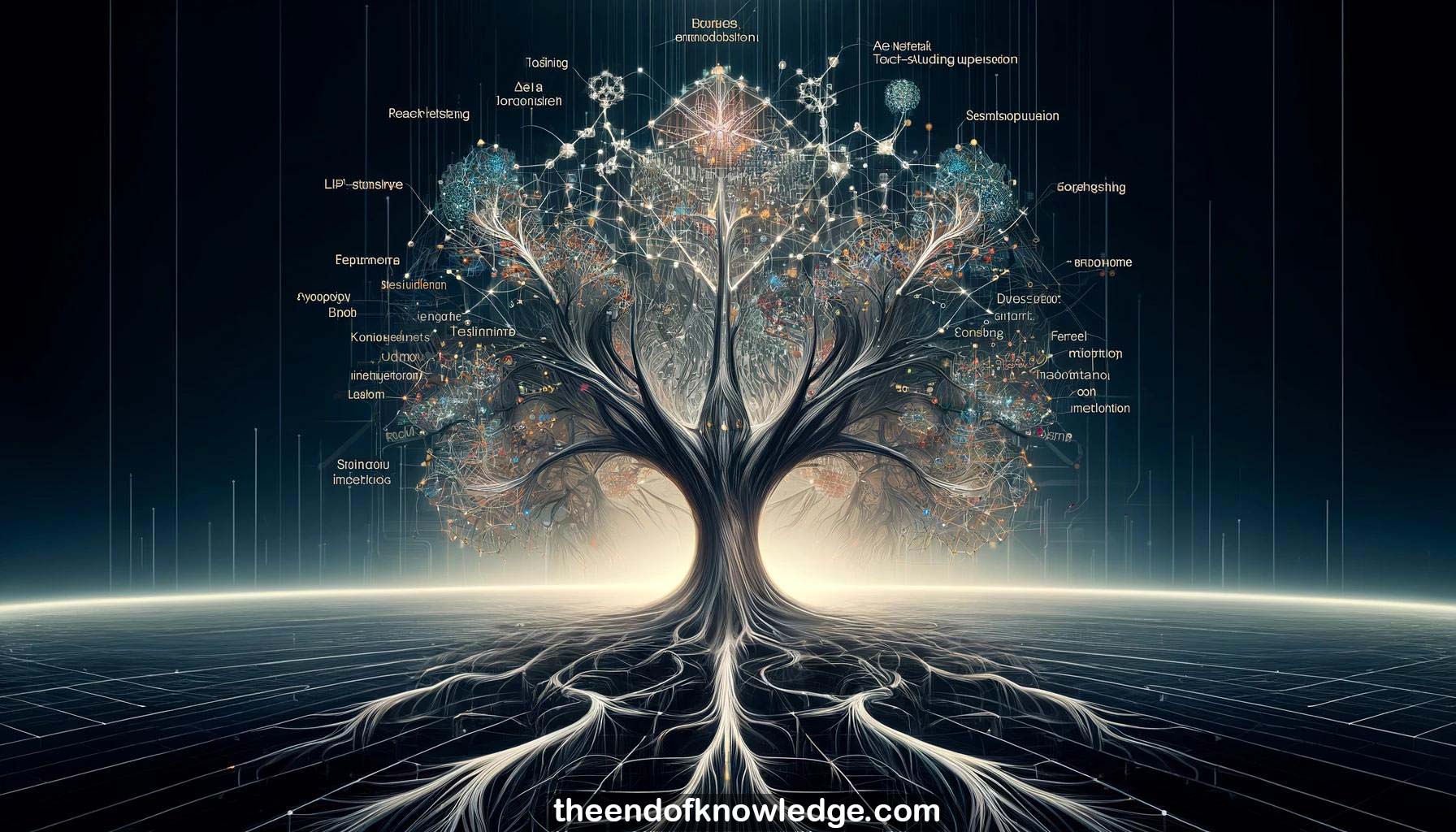 >
>
Concept Graph & Resume using Claude 3 Opus | Chat GPT4 | Gemini Adv | Llama 3:
Resume:
1.-The speaker makes an analogy between biological and artificial neural networks - more neurons/data leads to more intelligence but longer training times.
2.-In reality, deep learning involves iterating and experimenting with many neural network designs until finding one that works well enough.
3.-This experiment loop of growing models as data increases happens across machine learning, and will be crucial for building continuously learning systems.
4.-Current approaches to training new models discard the old trained network and retrain from scratch - referred to as the "dumb" way.
5.-Another approach is using the trained network as a teacher to supervise a new student network, but this doesn't converge well.
6.-The speaker proposes "Net2Net" - transforming a trained model into an equivalent new model and continuing training, to enable continuous model evolution.
7.-Experiments show randomly reinitializing over half of a trained network's layers significantly slows convergence, so preserving knowledge is important.
8.-Net2Net uses function-preserving transformations to expand model capacity in width (more channels per layer) or depth (more layers).
9.-For wider networks, channels are randomly duplicated then divided to maintain functional equivalence, with some noise added to break symmetry.
10.-To make networks deeper, layers can be factored into two layers, like adding an identity mapping, in a way that generalizes.
11.-Experiments were conducted on ImageNet using Inception to test if Net2Net can speed up the model development/experimentation cycle.
12.-When widening a smaller Inception model, Net2Net allows quickly reaching the smaller model's performance, then improving, yielding a 3-4x speedup vs scratch.
13.-Similar faster convergence and final accuracy are seen when adding convolutional layers to deepen a standard Inception model.
14.-By applying both wider and deeper Net2Net transforms to Inception, they quickly explore new architectures that slightly outperform the original.
15.-The larger models' theoretical scratch training convergence is even slower, confirming Net2Net's ability to accelerate model exploration and improvement.
16.-In conclusion, we need better approaches than discarding and retraining models from scratch as data increases and models evolve.
17.-It's possible to reuse trained models to accelerate training of larger models for the new data, as Net2Net demonstrates.
18.-The key is using function-preserving transformations to expand models while avoiding randomly initialized components that slow convergence.
19.-More broadly, we should think about continuous and incremental training of models beyond one-shot training as a crucial need.
20.-Net2Net is just a small step in this direction of enabling continuous model evolution and lifelong learning systems.
Knowledge Vault built byDavid Vivancos 2024